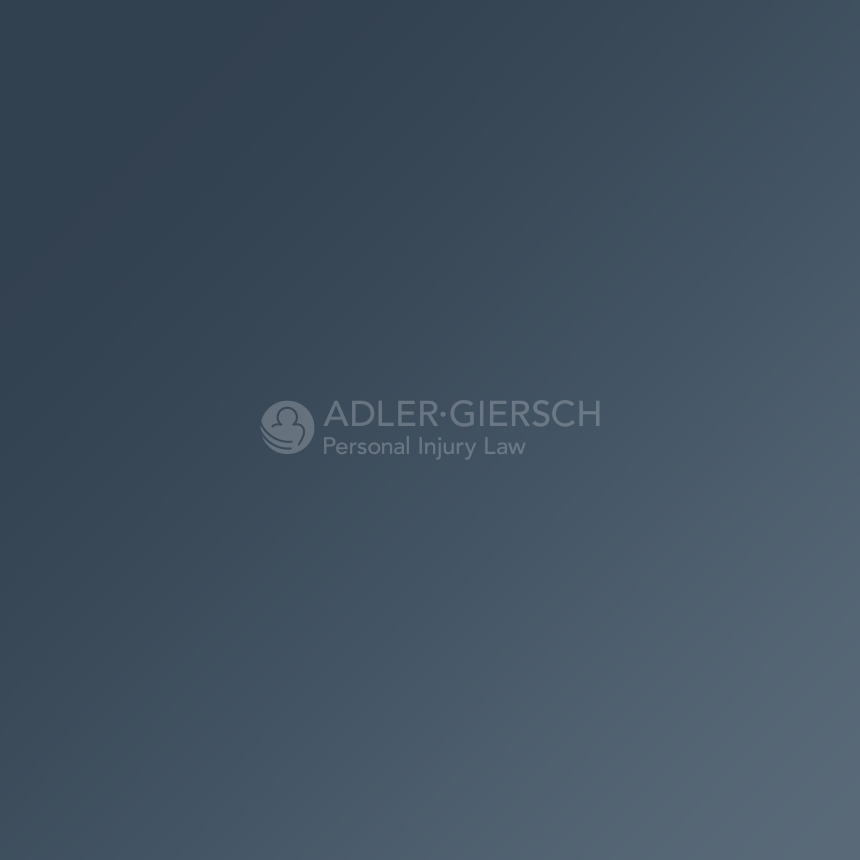[vc_row][vc_column][vc_column_text]Obtaining a proper diagnosis of a patient with chronic neck pain from trauma requires a comprehensive physical examination and the use of imaging studies such as a MRI to better understand the structures and potential pathologies of the cervical spine. However, a static MRI has inherent limitations and does not reveal all causes of pain. For example, a MRI is not useful in showing facet-generated pain or alar ligament stretch injuries.
Clinicians have long known that the association of positive structural damage in the cervical spine on C-MRI is low compared to the number of patients with chronic pain. And insurers are always ready to claim that without “objective imaging findings” treatment of chronic cervical pain is not reasonable and necessary. Despite the insurer’s often used mantra to deny payment based on the lack of imaging findings, we know that a MRI is not the ‘be all, end all’ for injury proof. For example, the work of renowned researchers, Drs. Barnsley, Bogduk, and Lord1 have demonstrated that injury to the facet joint, though not seen on C-MRI, is a musculoskeletal pain generator. More recently, other causes of chronic neck pain has been discussed involving injury to the alar ligaments.
The proportion of trauma patients progressing to chronic pain varies widely. On average 30% [range 11% – 42%] of people with cervical acceleration/deceleration injuries develop chronic whiplash associated disorders.2 A recent study on whiplash associated disorders in Finland revealed3 11.8% of patients experienced symptoms three years after the accident.
Whiplash injuries affecting the upper cervical spine have been documented to cause upper cervical syndrome which is characterized by such symptoms as balance distributance, dizziness, visual problems and jaw pain.4 At the cranial cervical juncture, the alar and transverse ligaments provide much of the stability of the cervical spine with the alar ligament restraining rotation of the upper cervical spine. Abnormal motion patterns in these segments can be the result of a stretch/sprain or rupture of the alar ligament.
In a current study, researchers in Finland investigated the difference in movement patterns of the upper cervical spine in cervical acceleration/deceleration trauma patients in a controlled group that included 10 male and 15 female patients who have matched controls for sex and age.5 All patients suffered from some combination of severe neck pain, upper and lower limb dysfunction, loss of balance, and/or numbness of the tongue. Patients participating in the study did so after an average of 7 years from the original injury and were still experiencing symptoms. None of the control subjects had any history of neck pain, trauma, or inflammatory diseases such as rheumatoid arthritis. The focus of the study was on a specific area on top of the spine, specifically at C0-C2 region. The C1 and C2, known as the atlas and the axis, are the upper most vertebra in the cervical spine. The researchers used dynamic (motion) kine magnetic resonance imaging (dMRI) to analyze movement between C1 and C2 during side-bending and then assessed instability of the C0 and C1 joints. Movement of the spine was performed by a physical therapist to ensure control as well as injury prevention.
The results showed significant differences between the whiplash patients and the non-whiplash control group: abnormal movement in the alar ligaments in 92% of trauma patients vs. just 24% in the control subjects. Motion MRI images taken while side-bending revealed widening of the C0-C1 joint, an indication of unstable joints from a stretched alar ligament in seven patients and one control subject. Additionally, abnormal movements in the C1-C2 were found in 56% of whiplash patients vs. 20% of the non-whiplash controlled group.
In summary, the authors noted cervical acceleration/deceleration patients with long standing chronic neck pain had more abnormal signals from the alar ligaments and greater movement distributances in the C0-C2 level in the dMRI than the controlled group:
“The present study, to our knowledge, is the first comparative MRI study to use dMRI among whiplash patients and controls. The results show that whiplash patient with long standing symptoms have both more signals from the alar ligaments and more abnormal movement in the dMRI at the C0-C2 level than controls.”
This study raises a question of whether static MRIs can rule out potential pain generators such as traumatic insult to cervical ligaments. For the physician who is trying to better understand and diagnose their trauma patient’s chronic cervical pain, ligament injuries are an area worthy of greater attention. At Adler Giersch, ps we know that our clients’ injuries are real and have the knowledge and advocacy abilities to prove it.
1 Barnsley L, Lord SM, Wallis BJ, Bogduk N. The prevalance of chronic cervical zygapophysial joint pain after whiplash. Spine 1995; 20:20-5
2 Barnsley L, Lord S, Bogduk N. Whiplash Injury. Pain 1994;58:283-307.
3 Miettinen T, Leino E, Airaksinen O, Lindgren K-A. Whiplash injuries in Finland: The situation three years later. Eur Spine J 2004; 13:415-8.
4 Radanov BP, Dvorak J, Valach L. Cognitive deficits in patients after tissue injury of the cervical spine. Spine 1992;17:127-31.
5 Lindgren, Karl-August, et al. Dynamic kine magnetic resonance imaging in Whiplash patients and in age – and sex – matched controls. Journal of the Canadian Pain Society. Nov/Dec 2009[/vc_column_text][/vc_column][/vc_row]
